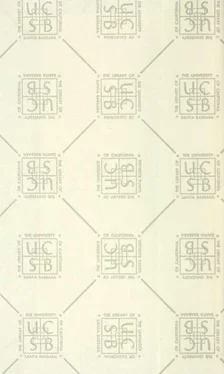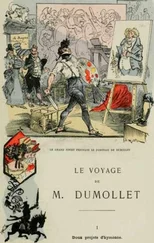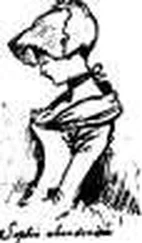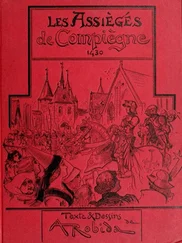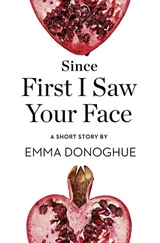This book made available by the Internet Archive.


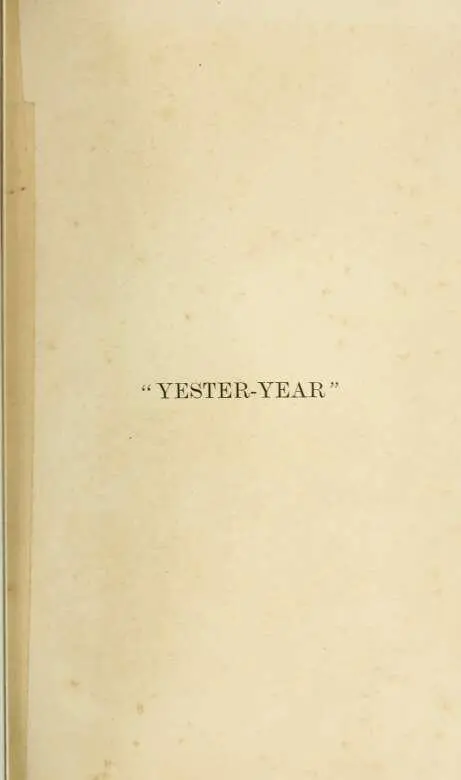
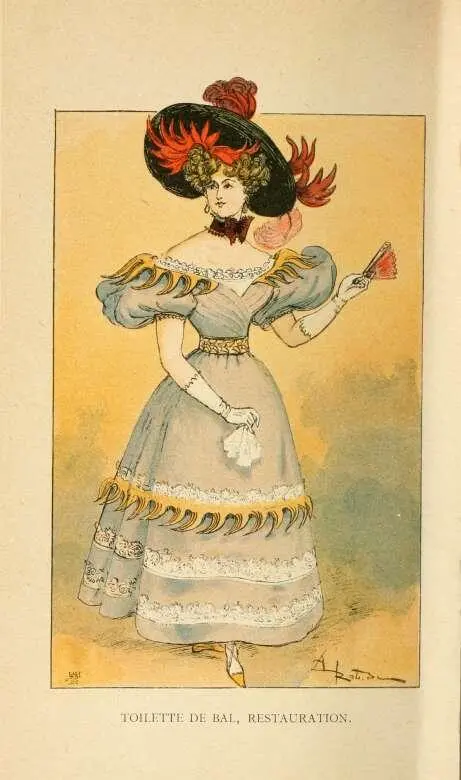
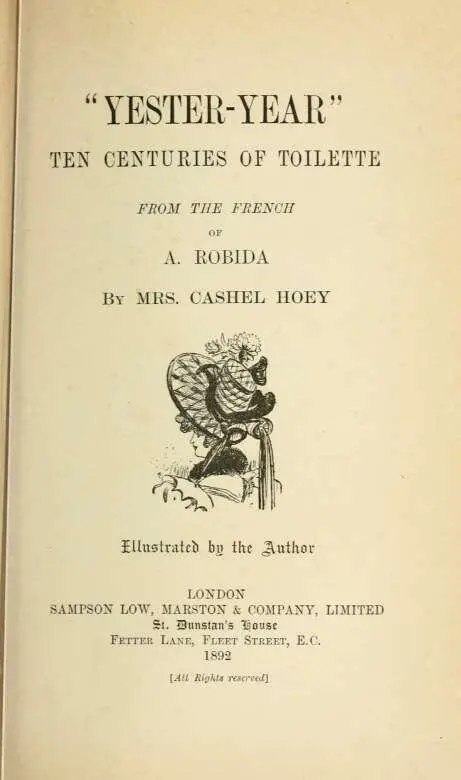
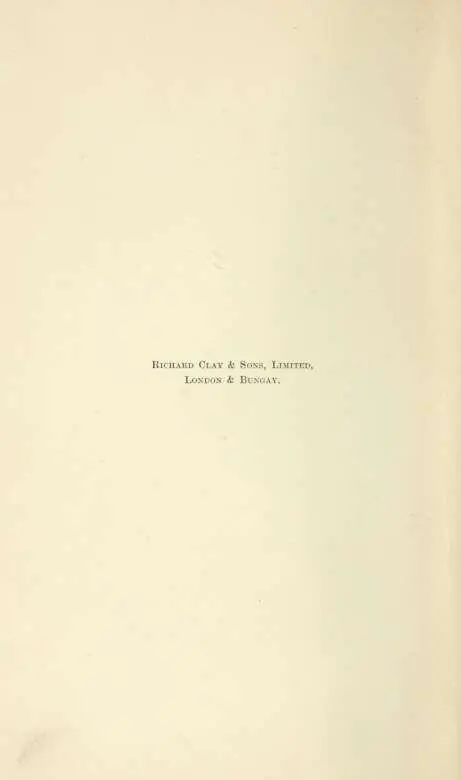
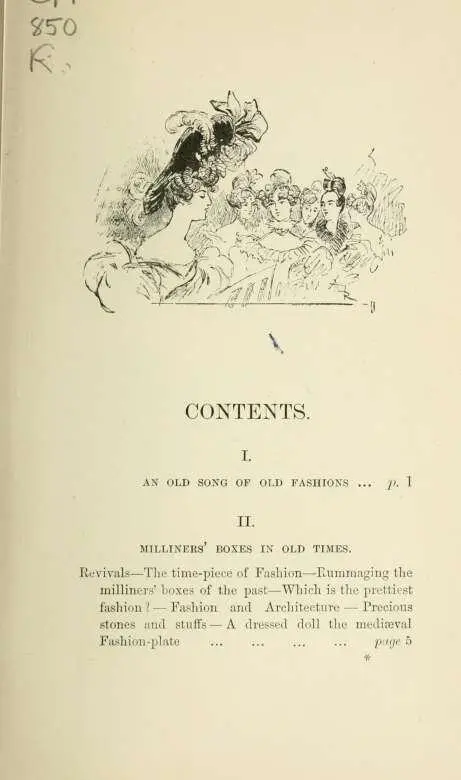
III.
THE MIDDLE AGES.
The painted and tatooed Gauls—The first corsets and the first false-plaits—The first sumptuary edicts— Byzantine influence—' Bliauds,' surcoats, and ' cottes hardies'—Pictorial and emblazoned gowns—The ordinances of Philip the Fair — ' Ilennins ' and 'Escoffions' — The Crusade of Brother Thomas Connecte against the ' hennin ' — The ' Lady of Beauty' ... jwr/e 24
IV.
THE RENAISSANCE.
The Fashion as to width—Hocheplis, and farthingales —La belle Ferronnière — Fans and Muffs — The gloomy fashions of the ' Reform '—Queen Catharine's ' Flying Squadron '—Laces and guipures—The stages of the farthingale—The mask and the nose-cover— Paints and cosmetics ...
V.
HENRY THE THIRD.
The court of the Woman-King—Large ruffs, pleated, goffered, or in ' horns '—Bell-women—Large sleeves —Dreadful doings of the cor.?et—Queen Margot and her iair-haired pages ... page 81
CONTENTS. Vil
VI.
HENRY THE FOURTH AND LOUIS THE THIRTEENTH.
A return to compariitive simplicity—Women-towers— Tall head-dresses—The excommxuiication of bare necks—Gowns with large flower - patterns—High necks and low necks—Long waists—Richelieu's edicts—The obedient lady—Short waists page 97
VII.
UNDER THE SUN-KING.
Under the Sun-King—From La Vallicre to Maintenon — Gowns called 'transparent'-—The triumph of Lace—The Romance of Fashion—Steinkirks—The Fontanges head-dress—The reign of Madame de Maintenon, or thirty-five years of moroseness p. 119
VIII.
THE EIGHTEENTH CENTURY.
The Regency—Follies and frivolities—Cythera at Paris —The Watteau fashions—'Flying' gowns — The birth of the panier — Criardes—' Considerations ' and the Maîtres des Requêtes — Mme. de Pompadour— The Fan—The Promenade de Longchamps—Coaches and Chairs—Winter fashions jKigc ]39
IX.
EIGHTEENTH CENTURY— LOUIS XVI.
Enormous head-dresses—The pouf 'au sentiment' — Parks, kitchen-gardens, and landscapes with figures, •worn on the head—The 'Belle-Poule' head-dress— Patches—Country fashions—' Negligent ' gowns— Fashionable colours — Riding - habits — English fashions—The bourgeoises ...
X.
THE REVOLUTION AND THE EMPIRE.
Fashions called ' à la Bastille ' •— Fashions of the Revolution — Notre - Dame de Thermidor — ' Incroyables ' and ' ]\Ierveilleuses '—Antiquity in Paris —' Athenian ' and ' Roman ' women—A pound of clothes—Transparent tunics—Tights, bracelets, and buskins—The reticule or ridicule—'The Victims' Ball—Blonde wigs and dog's ears—' A la Titus '— 'Robes-fouireau'—Little caps and Hats—Shakos— Turbans ... ... ... ... ... ixige 189
XI.
THE RESTORATION AND THE JULY MONARCHY.
Full sleeves, and Leg-of-mutton sleeves— Collerettes — 'Giraffe ' fashions—Hair-dressing and big hats—1830 — Expansion of ' Romantic ' fashions — The last caps—1840—Chaste bands—Medium (Juste-milieu) fashions ... ... ... ... ... |X(;ye 220
XII.
THE MODERN EPOCH.
1848—Kevolutions everywhere, exce2)t in the kingdom of Fashion—Universal reign of crinoline—Cashmere shawls—The Talma, the burnous, and the ' pineh-waist' (pince-taille)—Sea-side fashions—Short gowns —The 'jump-in' costume (saute-en-barque)—Wide and narrow skirts—Clinging fashions—Poufs and bustles — Valois fashions — More erudition than imagination—A 'fin-de-siècle' fashion in demand
page 243

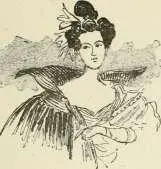
Ball-dress: Restoration ... ... Frontispieee.
A Noble Lady—End of 14tli Century To face p. 16
Figured gown and houppelande, 15th Century ,, 32
Châtelaine : Middle of 15th Century ... „ 40
A Lady in the time of Charles VIIL ... „ 48
At the Court of the Chevalier King ... „ 56
Under Henry II „ 64
A Lady of the time of Charles IX. ... „ 72
Court-dress under Henry III. ... ... „ 80
Full-dress, Medicis Style „ 88
Lady : Louis XIII „ 96
End of Reign of Louis XIII „ 112
At the Court of the Sun-King ... ... „ 120
Under the Great King—End of 17th Century „ 128
Xll LIST OF FULL-PAGE ILLUSTRATIONS.
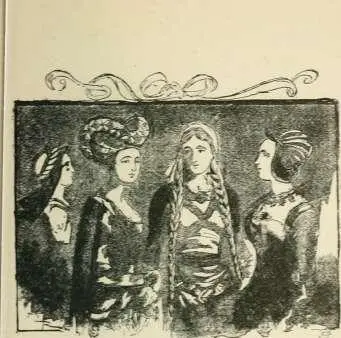
YESTER-YEAR.
AN OLD SONG OF OLD FASHIONS.^
From our mother Eve's invention
Of the very first farthingale To Fashion's last intention,
Tis a dream-like passing tale.
1 For the original verses see the Appendix.
B
YESTER-YEAR.
Brief is each mode's existence, But Beauty is always here ;
Its change is still persistence, Through dead modes of ' yester-year.'
Where is the gold emblazoned gown
Bavaria's she-wolf wore ; Head-tire ^ withholding her tresses' flow, Fought for with many a sturdy blow, And the towering hennin, fatal crown
That Buridan knelt before ? Forgotten, antiquated gear. Are the dead modes of 'yester-year.'
The ruff that embattled fair Margot's throat.
Her surcoat jo£ ermine hoar 1 The gigot sleeves, and the cavalier coat.
Which princess and dancer wore ? Gone with the Pompadour petticoat, Even the crinoline's graceless gear Is dead witli the modes of ' yester-year.'
' EscoiBon.
AN OLD SONG OF OLD FASHIONS. Envoi. I' faith, eacli week liad its fashions,
From Eve's to the days that are here ; But where are those passing passions, The dead modes of 'yester-year' ?


The Empress Josephine's dress-maker.
II.
MILLINERS BOXES IN OLD TIMES.
Revivals—The time-piece of Fashion—RuiinaagiiiL!,' tlie milliners' boxes of the past—Which is the prettiest fashion ? — Fashion and Architecture — Precious stones and stufll's—A dressed doll the mediaeval Fashion-plate.
" There is nothing new in this world but that which has grown old ototiyJi," was said, not by a great philosopher, but by a woman, and she was dressmaker to Joséphine de Beauharnais, wife of Napoléon Bonaparte, Chief Consul of the French Republic, who was of her way of thinking, seeing that he resuscitated the Empire of Rome.
Читать дальше
